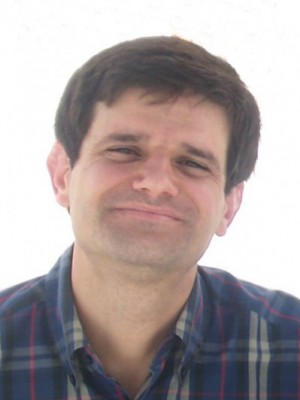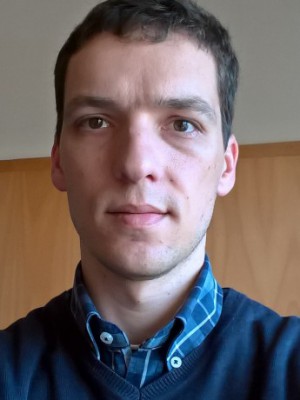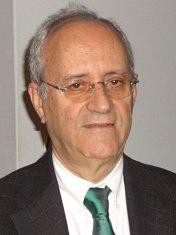resumo
Energy-transfer reactions are the key for living open systems, biological chemical networking, and the development of life-inspired nanoscale machineries. It is a challenge to find simple reliable synthetic chemical networks providing a localization of the time-dependent flux of matter. In this paper, we look to photocatalytic reaction on TiO2 from different angles, focusing on proton generation and introducing a reliable, minimal-reagent-consuming, stable inorganic light promoted proton pump. Localized illumination was applied to a TiO2 surface in solution for reversible spatially controlled "inorganic photoproton" isometric cycling, the lateral separation of water-splitting reactions. The proton flux is pumped during the irradiation of the surface of TiO2 and dynamically maintained at the irradiated surface area in the absence of any membrane or predetermined material structure. Moreover, we spatially predetermine a transient acidic pH value on the TiO2 surface in the irradiated area with the feedback-driven generation of a base as deactivator. Importantly we describe how to effectively monitor the spatial localization of the process by the in situ scanning ion-selective electrode technique (SIET) measurements for pH and the scanning vibrating electrode technique (SVET) for local photo electrochemical studies without additional pH-sensitive dye markers. This work shows the great potential for time and space-resolved water-splitting reactions for following the investigation of pH-stimulated processes in open systems with their flexible localization on a surface.
palavras-chave
IN-SITU FTIR; TIO2; SYSTEMS; LAYER; EQUILIBRIUM; GENERATION; NETWORKS; BEHAVIOR
categoria
Science & Technology - Other Topics; Materials Science
autores
Maltanava, HM; Poznyak, SK; Andreeva, DV; Queyedo, MC; Bastos, AC; Tedim, J; Ferreira, MGS; Skorb, EV
nossos autores
agradecimentos
We acknowledge funding from SMARCOAT project. This project has received funding from the European Union's Horizon 2020 research and innovation programme under the Marie Sklodowska-Curie grant agreement no. 645662. E.V.S. thanks the RSCF grant no. 17-79-20186. J.T. thanks FCT for research grant no. IF/00347/2013.





